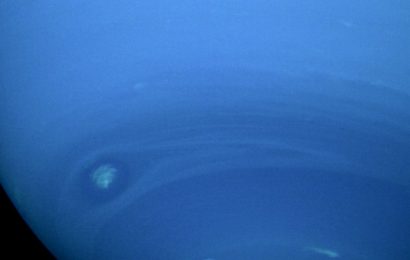Ever since the discovery of the dark streaks on the slopes of Mars in 2011, astronomers have been excited about the potential of having water beneath the surface of the planet
That’s because subsurface water flows on Mars could allow life to exist, even if only on a microbial level.
However, further sudying of the matter is revealing something else: the dark streaks may be the result of granular flows such as sand and dust. The study has been developed by representatives from the Planetary Science Institute, the University of Arizona and Durham University in England.
The slope lineae are also known as RSL an dhave been perplexing scientists ever since their discovery. Thousands of them recur during the warmest period on Mars every single year, and grow longer and darker until they eventually fade in winter. They can be found on steep, rocky slopes on the darkest part of Mars: the equator, the northern plains, and the southern mid-latitudes.
Their seasonal appearance made scientists believed that it was water; however, how would water form only at the tops of such steep slopes? Scientists did not know what to answer to this question.
At the same time, Mars is far from being a friendly environment for water as the surface is constantly exposed to a cold, thin atmopshere.
“We’ve shown that RSL are likely granular flows, which changes our assessment of what they mean for flowing liquid water on Mars and points to formation processes with little or no liquid,” wrote Colin Dundas, lead study author and US Geological Survey scientist, in an email.
“The RSL don’t flow onto shallower slopes, and the lengths of these are so closely correlated with the dynamic angle of repose, it can’t be a coincidence,” HiRISE Principal Investigator Alfred McEwen of the University of Arizona, Tucson, a co-author of the new report, said in a statement.
But it doesn’t mean Mars is without water completely.
“There’s still plenty of other evidence for H2O on Mars,” Dundas said. “There is a lot of ice in the subsurface and at the poles, and deliquescent salts can draw water out of the atmosphere and form liquid under some conditions. The rovers have made several discoveries pointing to a range of environments with liquid water in the past, and there are hydrated minerals bound in the rocks. But there may be little liquid at the surface today.”
Source: cnn.com



